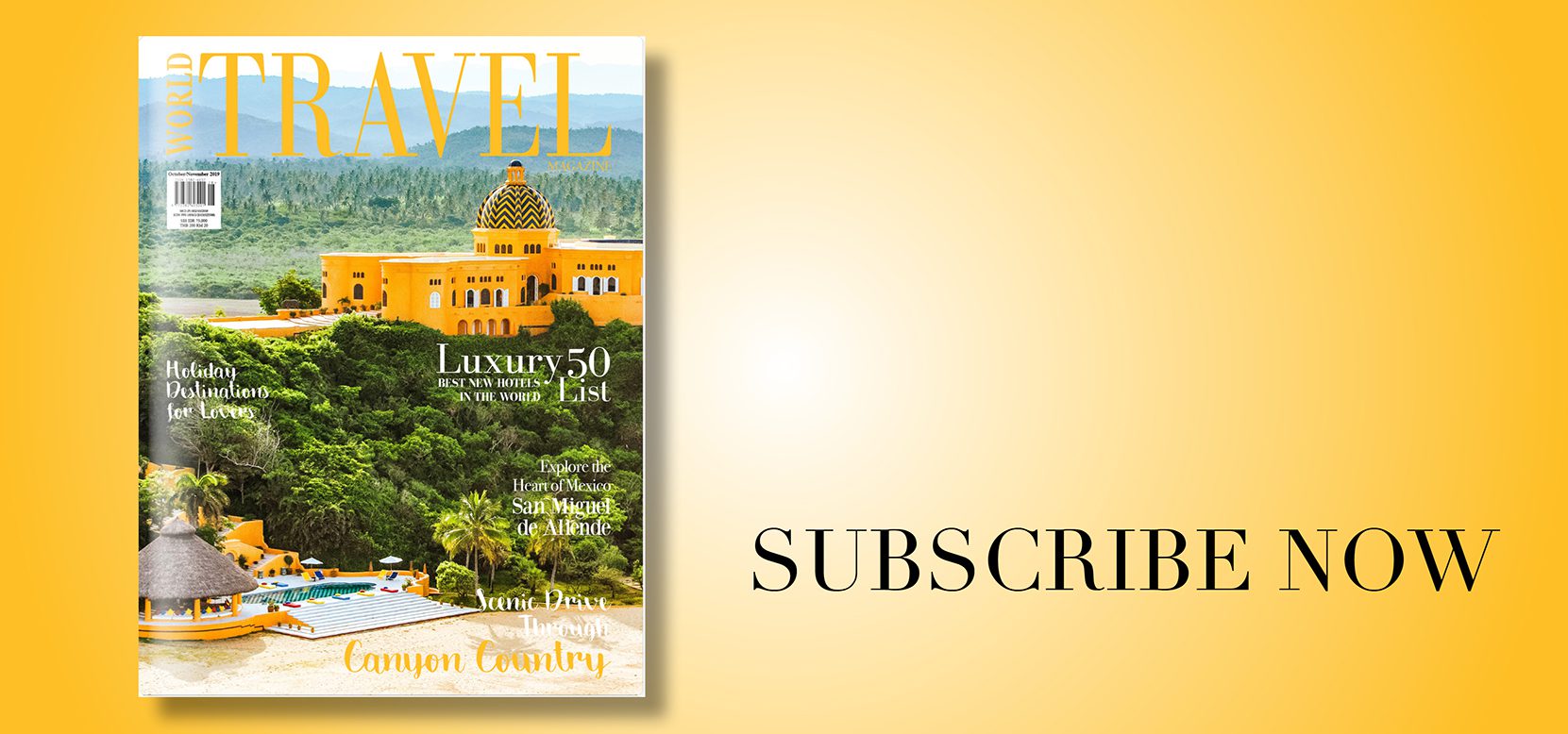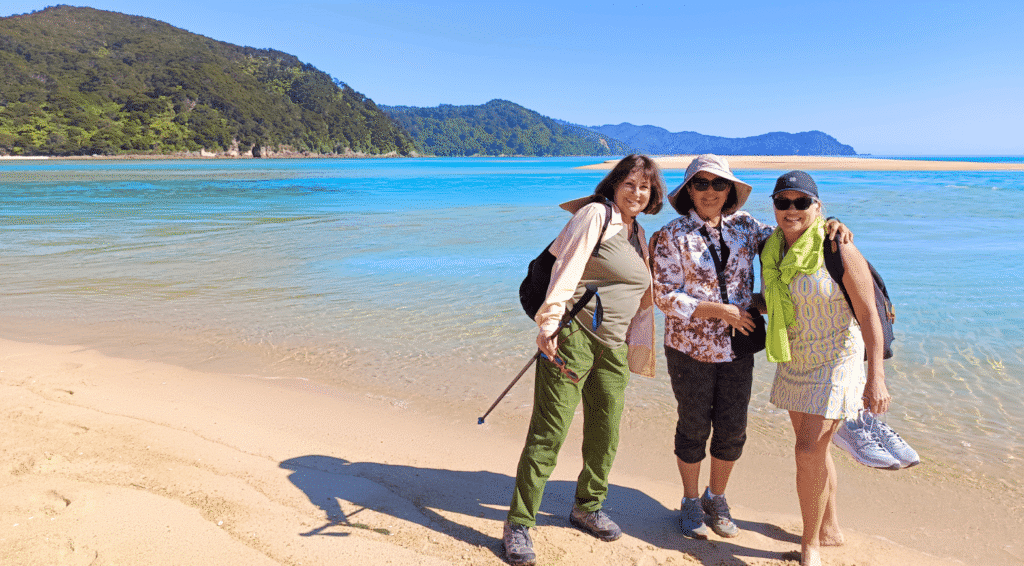Ladakh, a mountainous topography stretching across the northern tip of India, unabashedly kissing the Himalayas. Stories that date back centuries are whispered within monastery walls
Ladakh, a glimpse into India’s Alps
The courageous venture into India’s Ladakh rewards any seeker of otherworldly vistas.
If it was a book, India’s main pages allure with the colourful myths of Rajasthan, the sprawling castles of its royal dynasties, and the vibrant cityscapes that adorn the country’s various cities. The lesser-known and far more spectacular spectacles are tucked inside its covers, usually left alone to tease those who go past the first leaves, each of them gurgling with their own stories and wonders.
They are sanctuaries waiting in silence, calling the seekers who wish to traverse earth’s otherworldly dimensions. Among them is Ladakh, a mountainous topography stretching across the northern tip of India, unabashedly kissing the Himalayas. Stories that date back centuries are whispered within monastery walls; these monuments that lay amongst the folds of the mountainous façade, hiding from the world in the midst of age-old rocks and unveiling itself only to the most relentless of adventurers.
The snow-pierced desert mountains seem rigid and forbidding from a distance, with its valleys running in dry black and brown, showing no sign of lush life—that is, until the sun hits its winter-capped apex that creates a gradient of icy blue dangling from its pate, and then slowly transforming into vivid hues of arid sand by its knees. One may call it supernatural: the blend of ice and heat through its geographical skin, a harmony of two elements that make picture-perfect backdrops painted by the creator himself. In its metaphorical state, it is also a region of ironies, a necklace of highs and lows, from the high plains to the deep valleys that comfortably rests in their own spectrum while breathing the same blanket of cold and dry air.
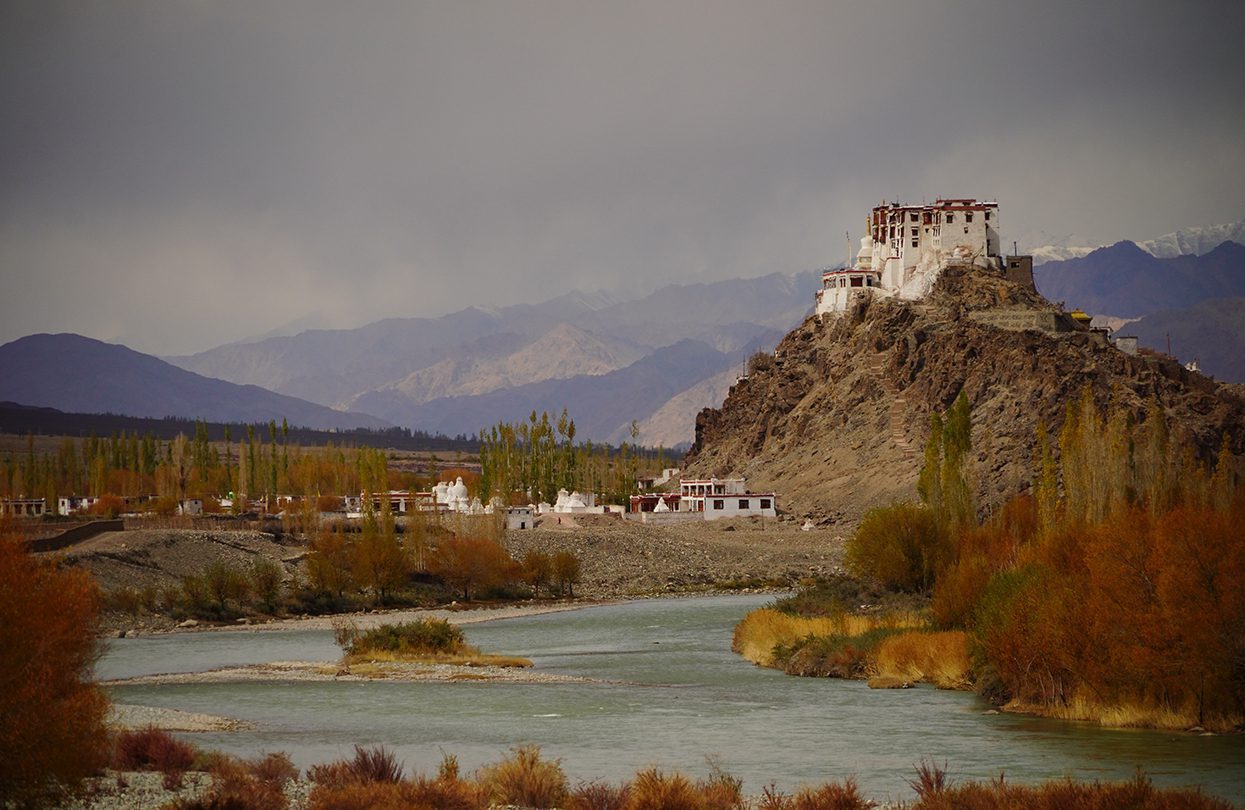
Beautiful Landscape from Tsemo hill, Leh Palace (image by Tanawat Chantradilokrat)
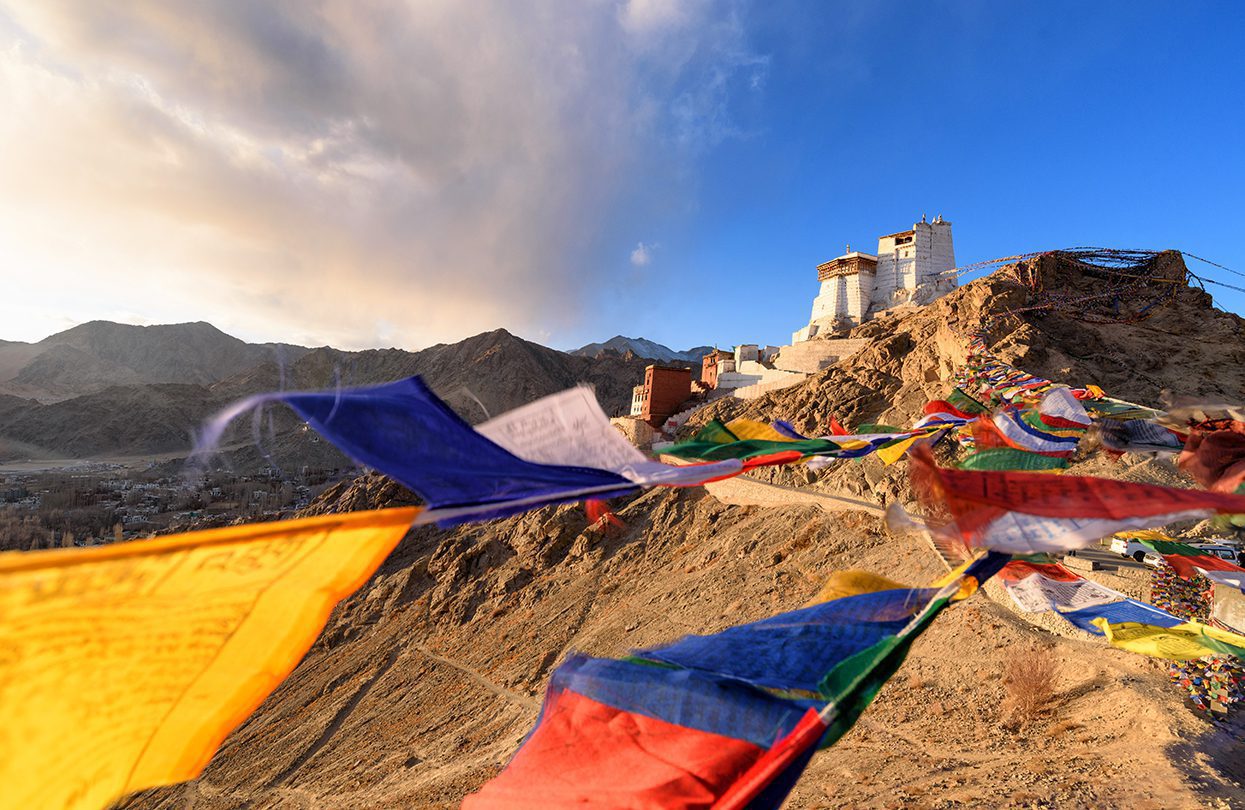
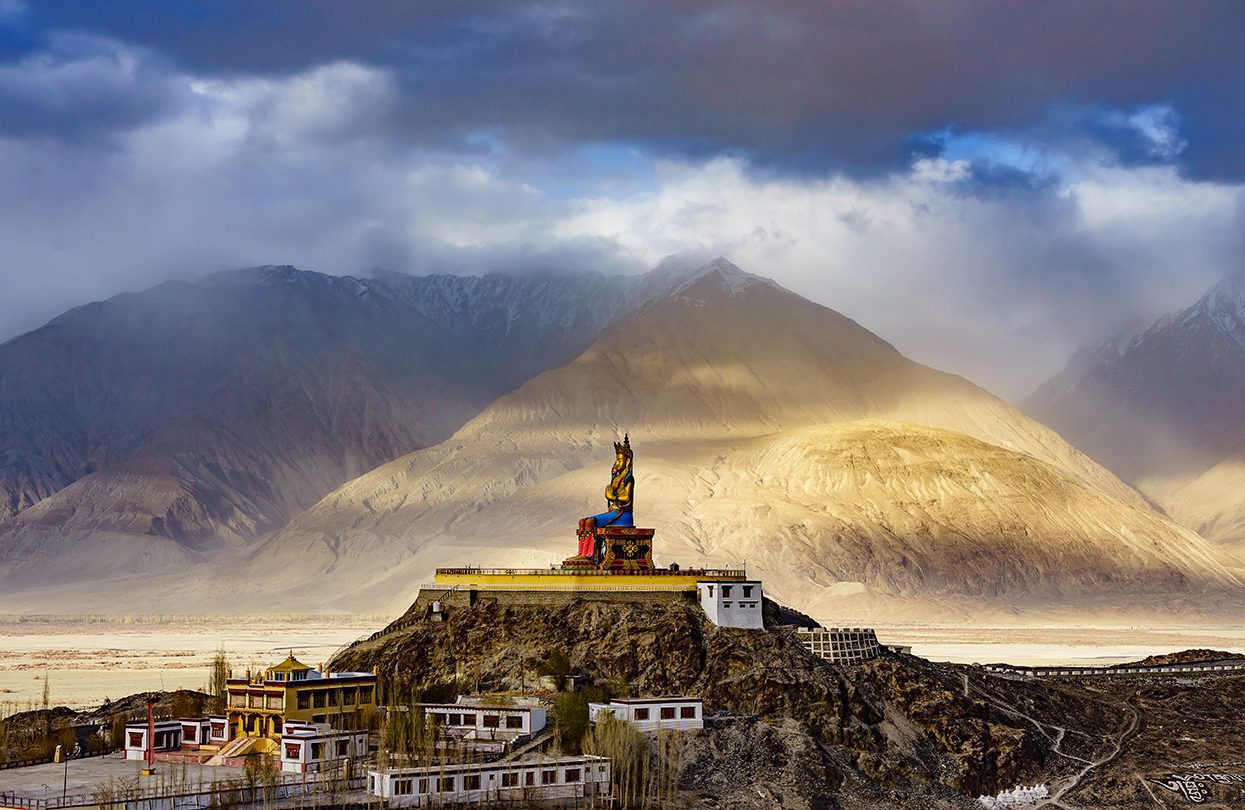
If one manages to sweep the mountainous curtains, not by hands, but by trudging into the grandiose trek of uncharted wonders, they will find that Ladakh dances to its own beat. While there are early morning gossips amongst villagers of snow leopards leaving trails on the wintery escape, there is vegetation in the valleys, where quaint towns flourish creating joyful hues amid the stony terrain. An unmistakable glimpse of grand monasteries signals the existence of the secret Eden, undauntedly thriving atop one of the highest altitudes in the world. There is no surprise in seeing red-robed monks making way through the rugged terrain, carrying modest baskets of crops barefoot.
Leh, the capital of Ladakh, is at the crossroad of ancient routes, a small town wrapped in terrain-hugging homes and steep lanes that lead uphill to the main bazaar. The 17th-century Leh Palace is lodged amongst the mountain tops, now bereft of its owners, still exudes benevolent beauty as it presents the very best of the elevated vistas through its bird’s eye perched windows. Spituk Gompa, its most prominent monasteries, follows through the same architecture—blocks of white buildings erected on the cliffside, where the mountain air generously passes by, quietly speaking to the hundred monks that reside in its walls. Here, the imposing statue of Kali guards its edifice, perhaps also keeping watch of the Indus Valley from the inside while nurturing the various stone depictions of Buddha arranged in its rooms.
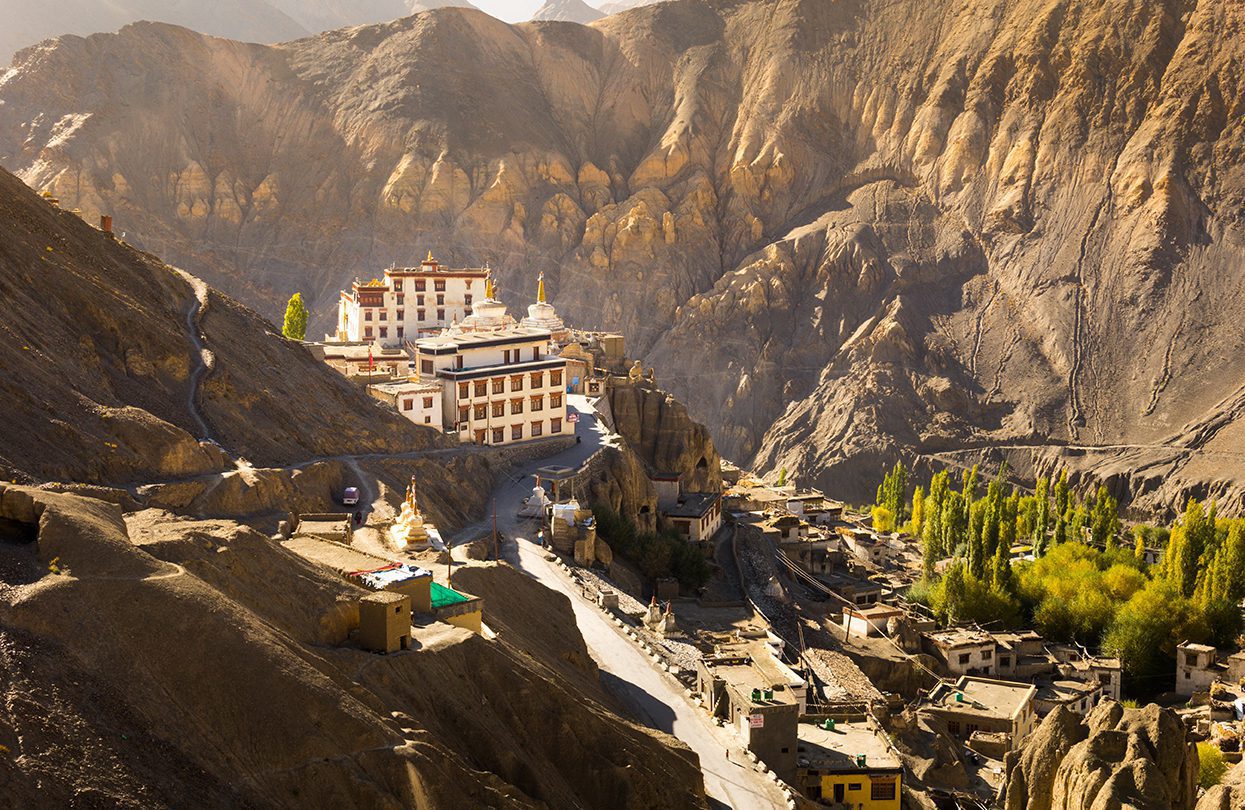
Lamayuru Temple, Leh (image by AkeTang Photo)
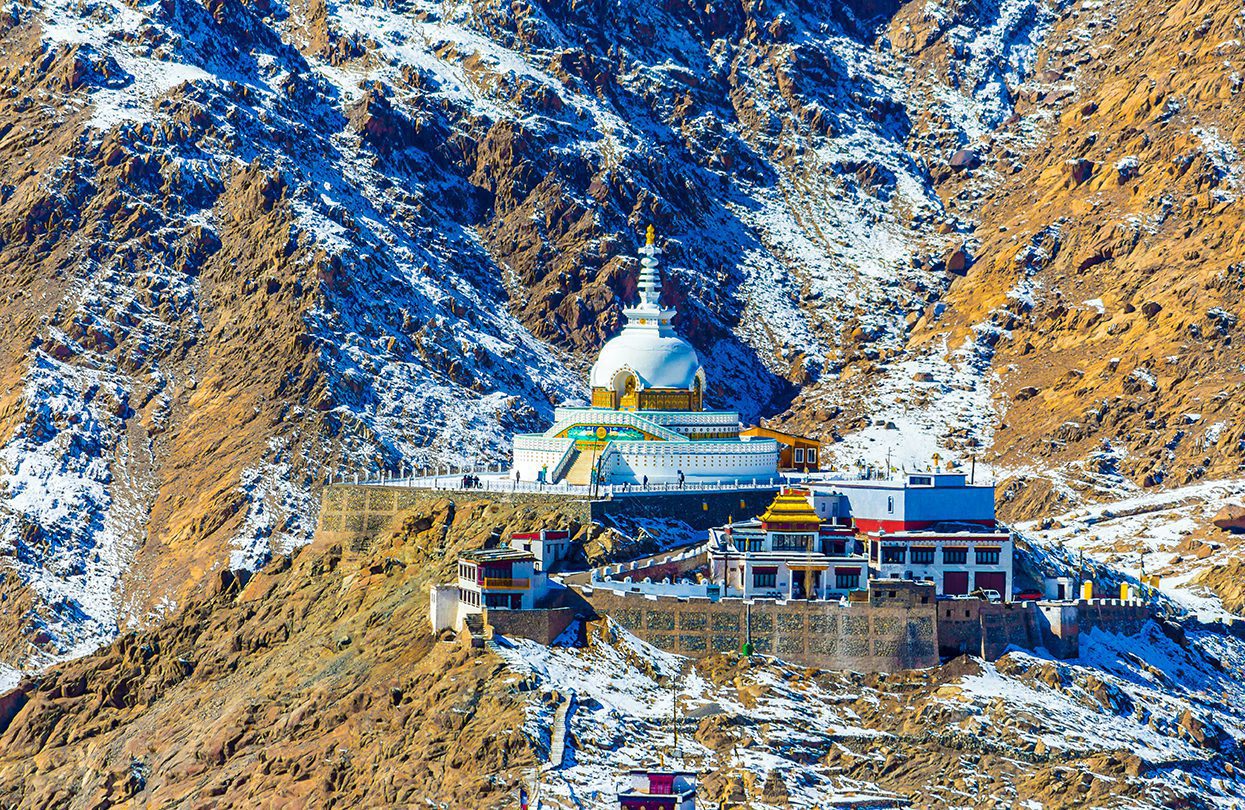
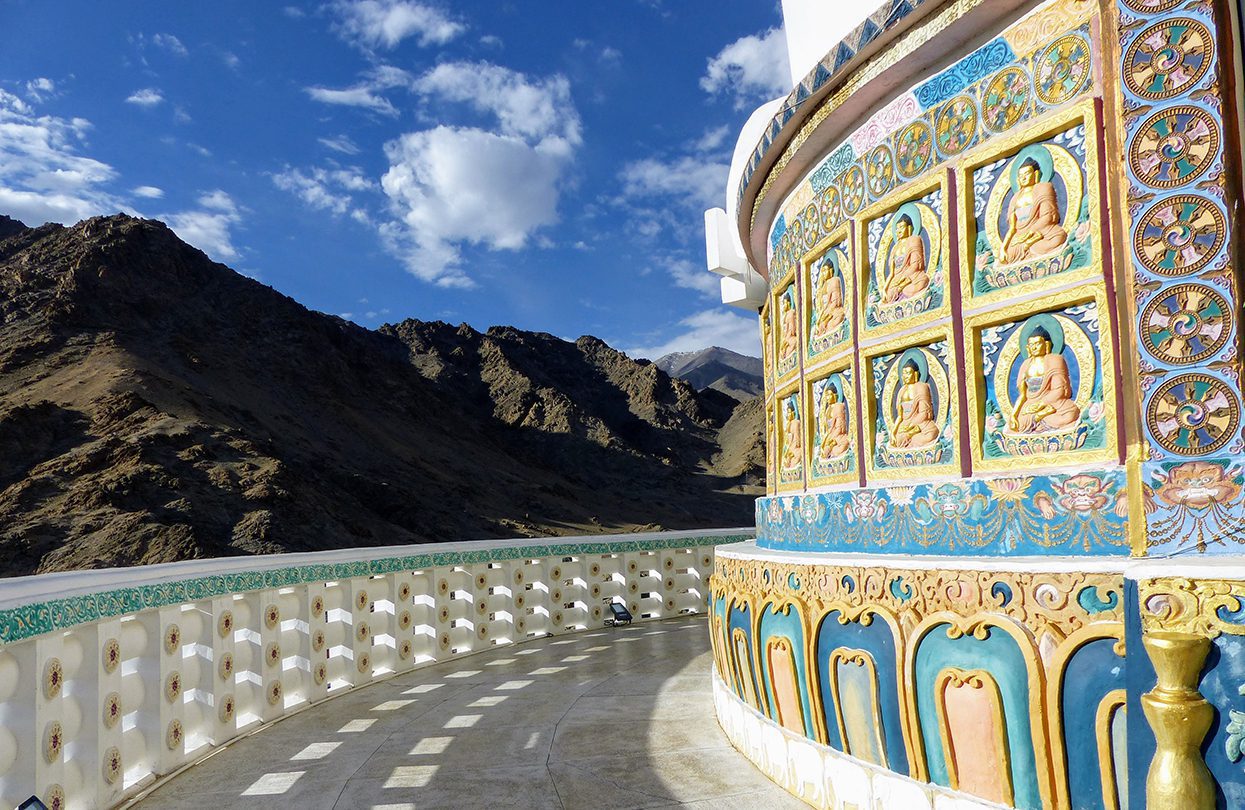
The region is magnanimously embraced within the many folds of the mighty Himalayas, where mountain peaks gaze from every corner, and the tallest head of Stok Kangri in Hemis National Park beckons for summits and treks during summer months. From Leh, the quaint park is reached through lower altitudes, affording sublime vistas of picturesque landscapes and tiny neighbouring villages, and the unrolling of the mountains at Zanskar Valley, where two rivers snake through its skirts hiding sacred enclaves.
It is also in Zanskar that one can get lost in the monastery-hemmed valleys, where trekking presents breath-taking views rarely beheld. Stongdey Gompa is lodged by the shore of a once large lake, where Lama Marpa Lotsawa, the great translator of the Buddhists, had meditated. If the small prayer room seems cramped, Zanskar has more room for adventures. The Zanskar River flows along the valley, challenging any rafting enthusiast for a conquering ride downstream.
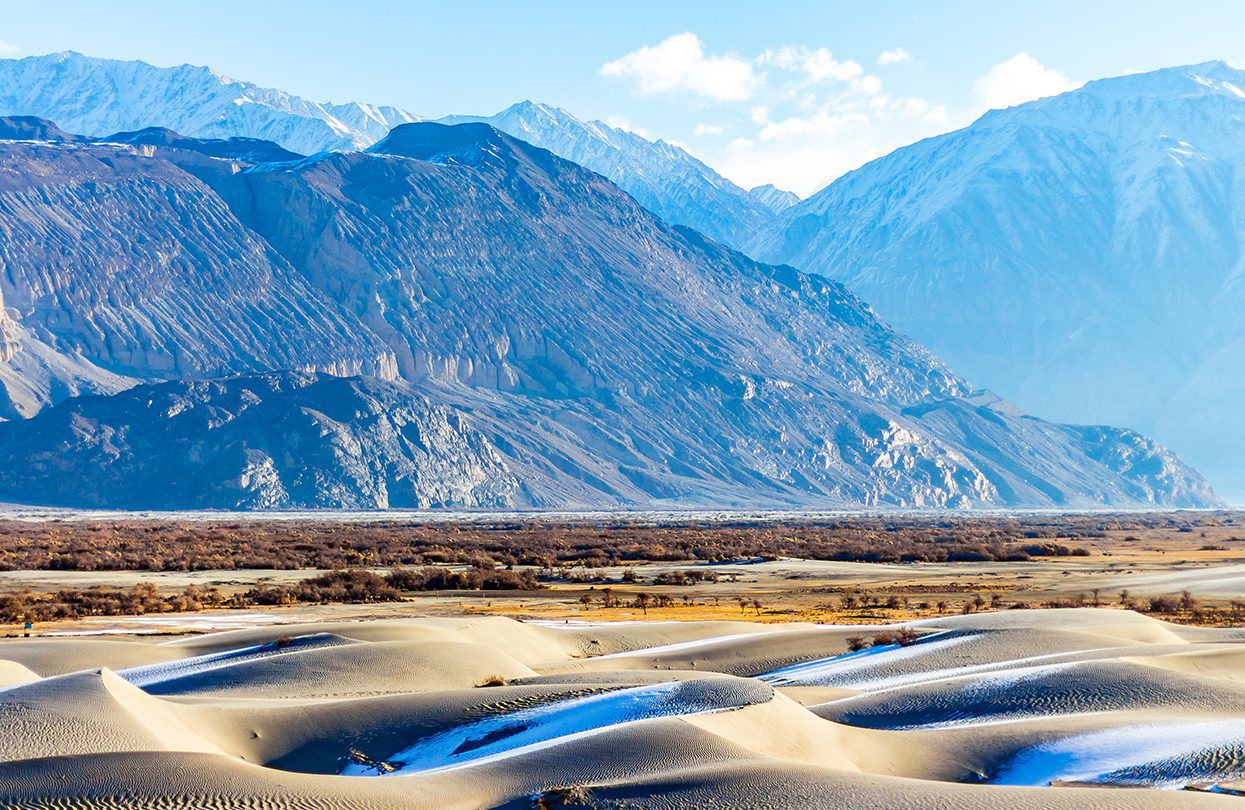
There are stunning silver sand dunes of Hunder in the Nubra Valley region (image by Ultimate Travel Photos)
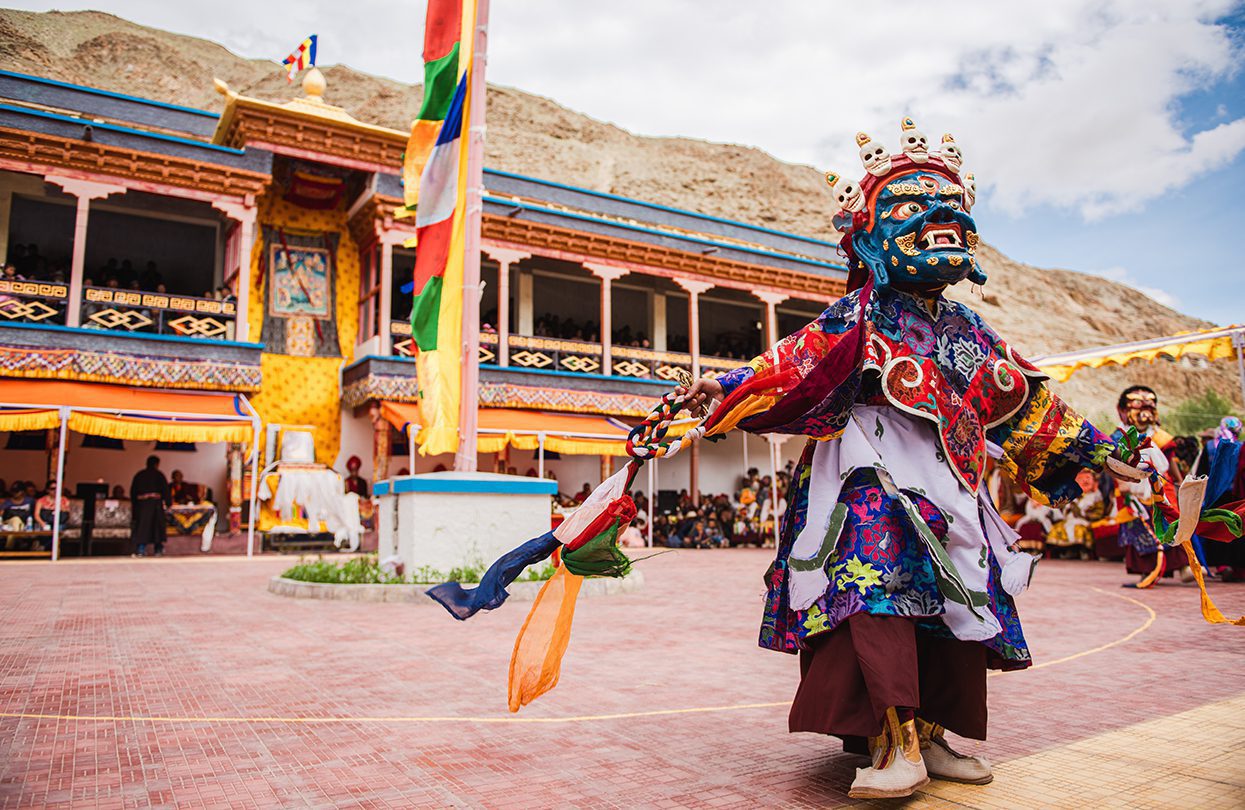
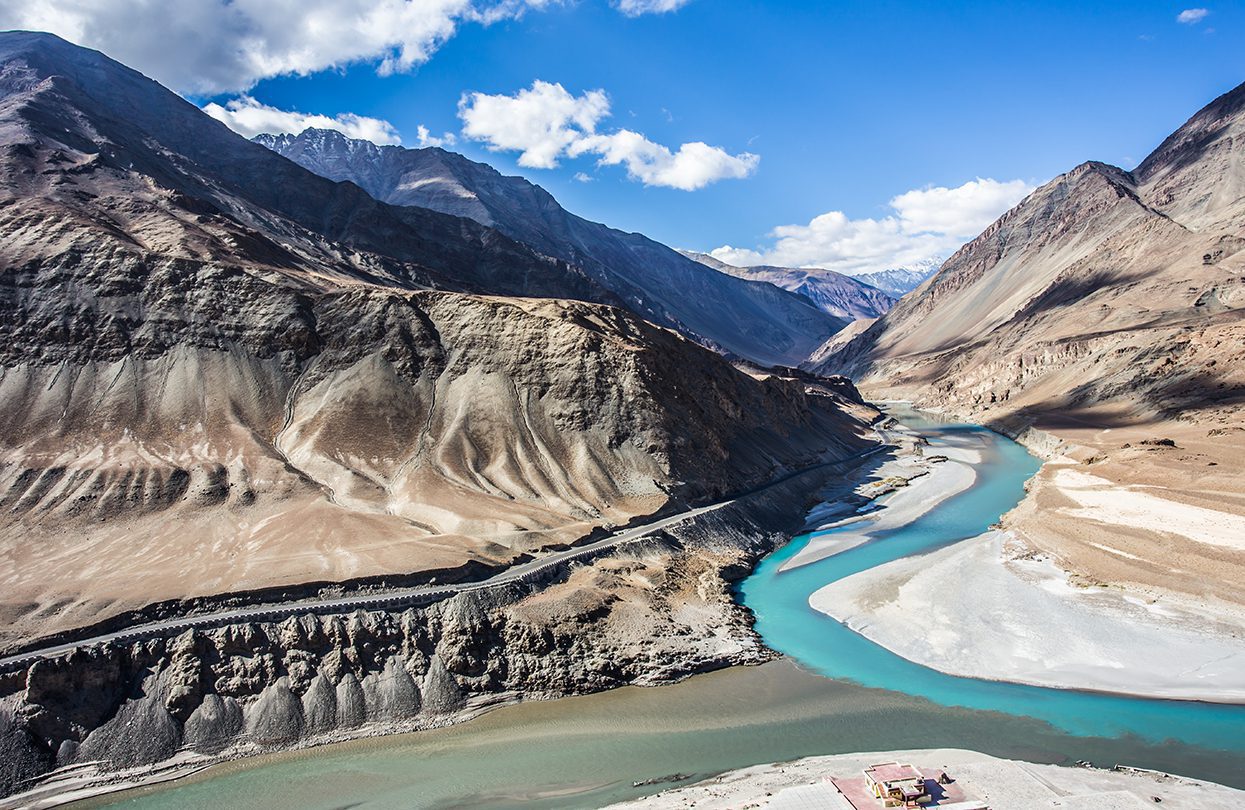
At Nubra Valley, campers flock by the sapphire lakeside to wake up to perhaps the most immaculate sunrise in Ladakh. Along the Nubra River as it merges with Shyok River, a small town named Diskit bustles with its intimate market, a local monastery, the oldest and largest Buddhist monastery in the Nubra Valley, while Hundur captivates the more adventurous with its white sand dunes and high-rise camping pursuits. Sham Valley proposes a pleasurable drive along Indus River and offers peeks of man-made wonders—the Alchi Monastery, for one, is the oldest in the Ladakh region, founded in the 11th-century and home to an extensive curation of beautiful Thangkas.
Perhaps like a fickle fairyland that chooses to open its doors in certain seasons, Ladakh is said to be more welcoming during the summer and autumn seasons. During winters, the snow is sharp and cold, but it is also in this season that the grand alps transform itself into a winter-white escape with amusement of gracious proportions. As temperatures recede, the lakes (Tso) here freeze and becomes nature’s ice-skating rink. Khardung La Pass will be dusted with the frosty snow, but the highest civilian motor road may just be an enjoyable path while driving in a powerful 4×4 all-terrain sports vehicle.
Ladakh and all its winter-capped secrets are accessed through many openings. The easiest way to reach Leh is by flying into Kushok Bakula Rimpochee Airport on the numerous daily domestic flights that connect Ladakh to all major Indian cities including New Delhi, Mumbai and Hyderabad to name a few. The preferred way to navigate the local districts and valleys is by a 4×4 ride which affords access into rugged terrains and shallow river crossings if the young at heart so desires. Alternatively, biking, trekking, or taking a local private tour in jeeps are also recommended ways of getting up close with nature in Ladakh.
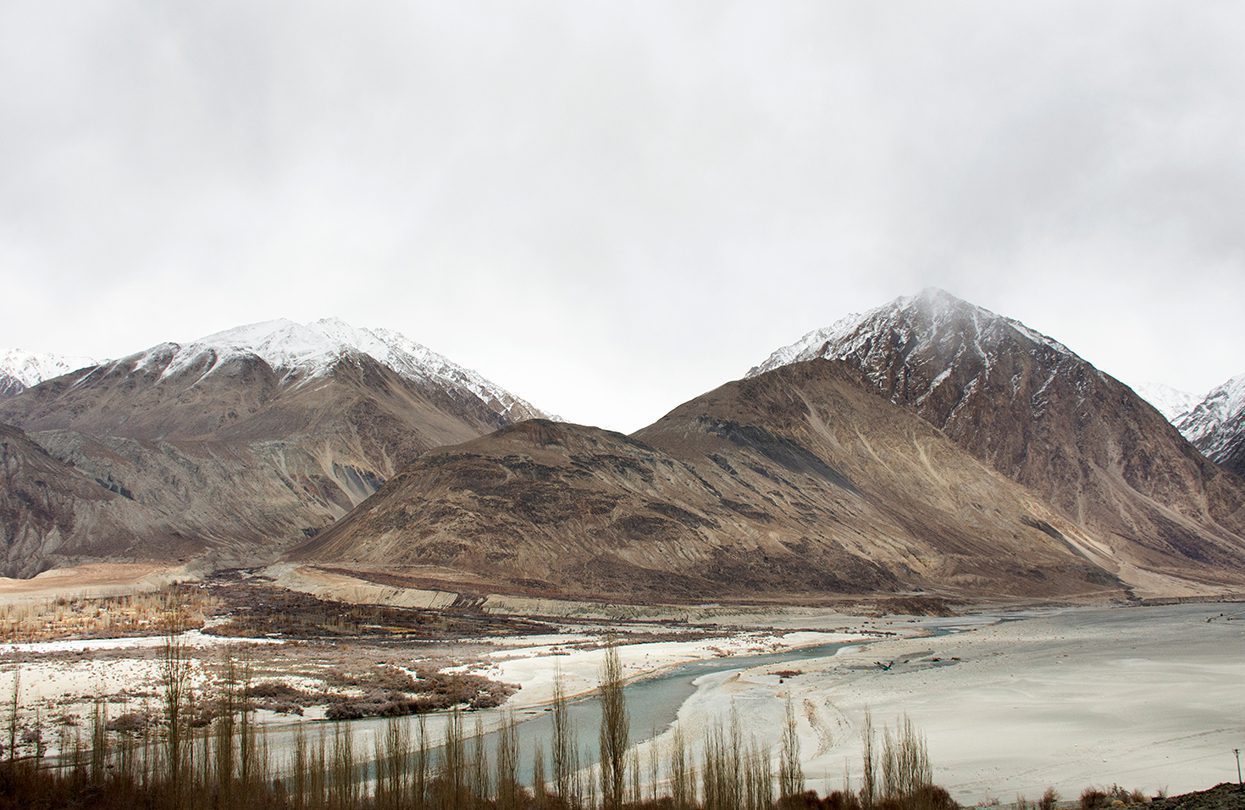
View landscape mountains range with Nubra and Shyok River between Diskit Turtok highway road (image by Anirut Thailand)
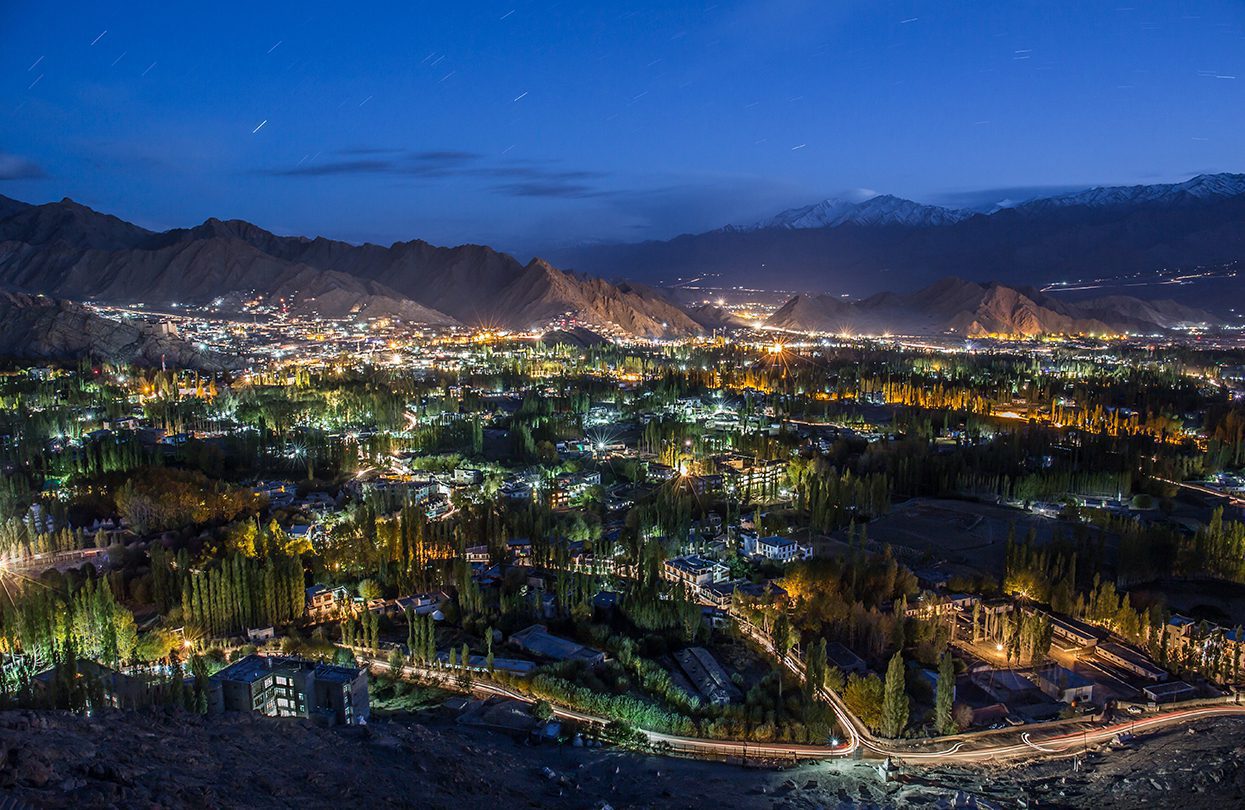
Wanderers will find the terrain a joyful challenge, the weather refreshingly cool and crisp, the summers an outdoorsman’s delight and the isolation meditative. Strong legs make strong hearts, and past the unyielding rocks and the stern-looking valleys is a sprawling sanctuary reserved for all to be uncovered. Revel in Leh, submit to the variety of adventures in Zanskar, and lay back in the peacefulness of Nubra, all the while embracing the community’s unique gifts and inhaling the tranquil spirit breathed by the mountains. Chance upon festivals where the valleys celebrate with colourful banners, ornate costumes and elaborate dances. When searching for harmony and balance, peel away from the crowd, and do as the local monks do; that is, meditate in the mesmerising view of the mountains.
Ladakh basks in the glory of raw nature, the untouched beauty of Earth carved by titanic forces, stirring joy that breaks away from the everyday pleasures of man. Behind the cascading views of the mountains thrive mysteries tucked in Himalaya’s chest; persistently silent, magical and marvellous. The Ladakh adventure has just begun! www.incredibleindia.org 
Where to stay in Ladakh:
Subscribe to the latest edition now by clicking here.
© This article was first published online in Oct 2019 – World Travel Magazine.
If you would like to comment on this story or anything else you have seen on World Travel Magazine, head over to our Facebook page or message us on Twitter.
And if you liked this story, subscribe to our bi-monthly World Travel Magazine, a handpicked selection of editorial features and stories from Global Destinations, Inspire Me, Insider, Style File, Wellness & Travel, City Travel, Suite Life, At Leisure, Short Breaks and much more.
